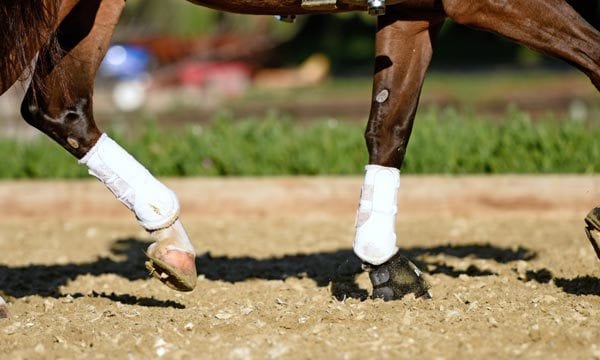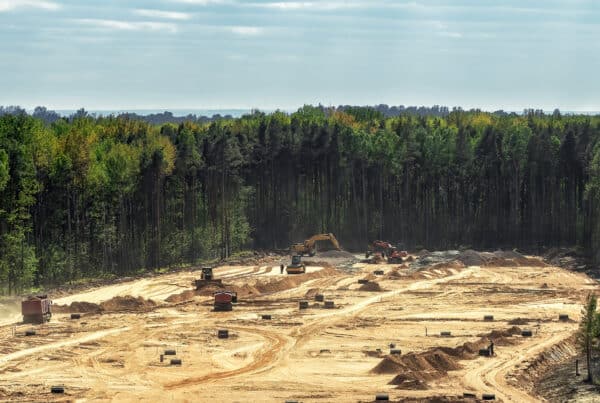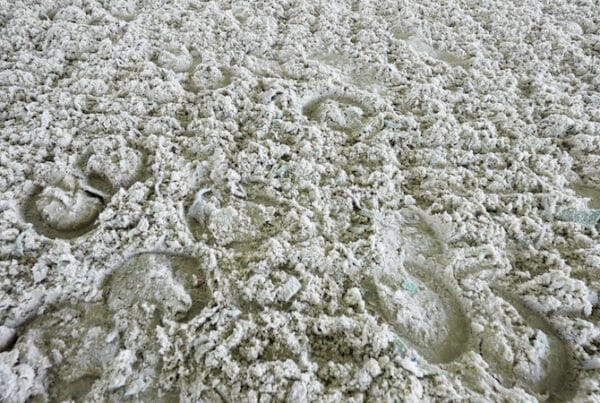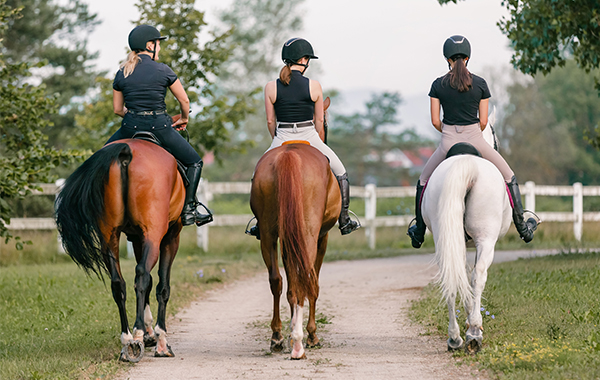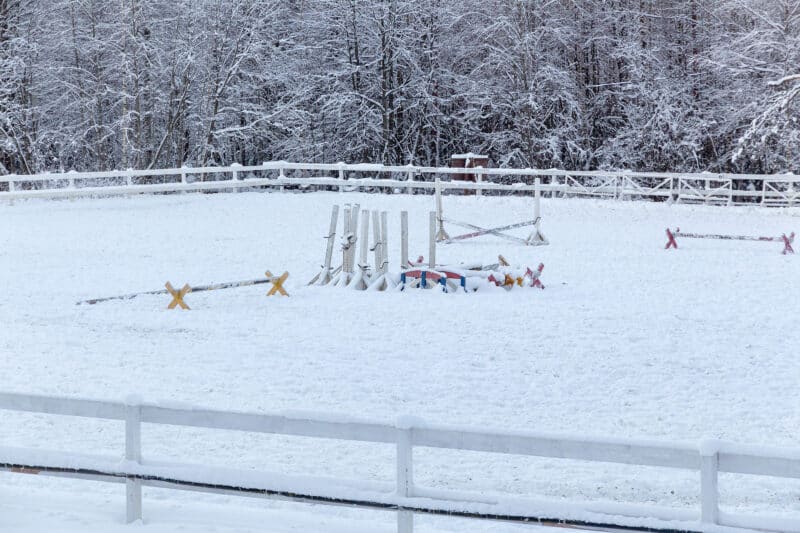
With the arrival of winter, equestrian arena owners face a unique set of challenges when it comes to maintaining their riding surfaces. The combination of colder temperatures, snow, ice, and fluctuating weather conditions can take a toll on even the most well-designed arenas. However, with the right precautions and proactive care, you can keep your arena in peak condition throughout the winter months.
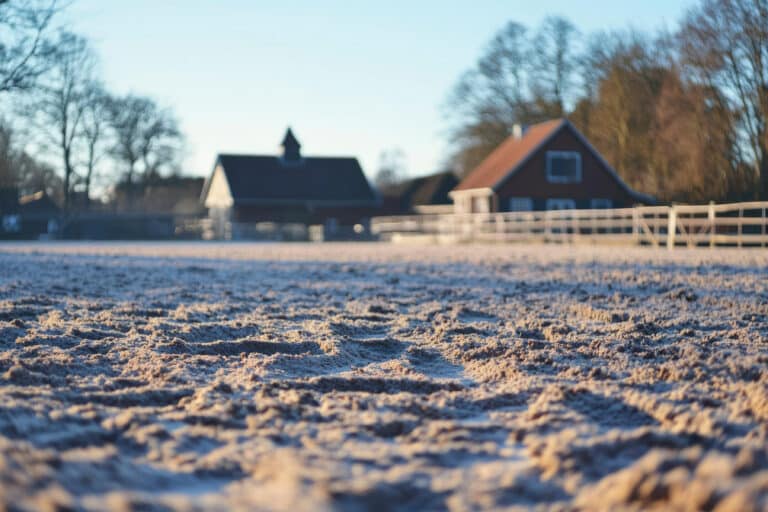
Assess Your Footing
The condition of your arena’s footing is crucial, especially as the weather turns colder. Take some time to thoroughly inspect your footing for any signs of wear, compaction, or deterioration. If needed, consider topping up or refreshing the footing to ensure it provides the proper cushioning and traction for your horses.
Remember that different footing materials may react differently to the winter weather. For example, sand-based footing may become more prone to freezing, while rubber-based or synthetic mixes may maintain their integrity better. Be prepared to make adjustments as needed based on your specific footing type.
Develop a Winter Maintenance Plan
Establishing a comprehensive winter maintenance plan is key to protecting your arena investment. This should include regular grooming, removing snow and ice buildup, including manure and monitoring for any drainage issues that could lead to standing water or icy patches.
Consistent arena grooming, even in the winter, helps to break up any frozen or compacted areas, allowing the footing to remain loose and supportive for your horses. Consider using implements like Premier Equestrian’s Sport Pro Arena Drag to keep the surface in optimal condition.
Additionally, be proactive about snow and ice removal. Develop a system for quickly clearing the arena after snowfall, either manually or with the help of dedicated equipment. Treating the surface with Magnesium Chloride de-icing agent which will help prevent the formation of dangerous icy areas.
If you do not have the equipment to remove snow and ice, then sealing your surface will be the next best thing. Simply roll and compact the surface, removing divots and uneven areas. This will allow for the surface to freeze evenly. This will help keep a reliable surface for turning horses out.
Monitor Drainage and Irrigation
Proper drainage and irrigation are crucial for maintaining your arena’s integrity year-round, but they become even more critical during the winter. Ensure that your drainage systems are functioning correctly and that any excess moisture is able to flow away from the arena, preventing the formation of icy patches.
If your arena has an irrigation system, be sure to properly winterize it by draining the lines and protecting any exposed components. This will help prevent costly damage from freezing temperatures.
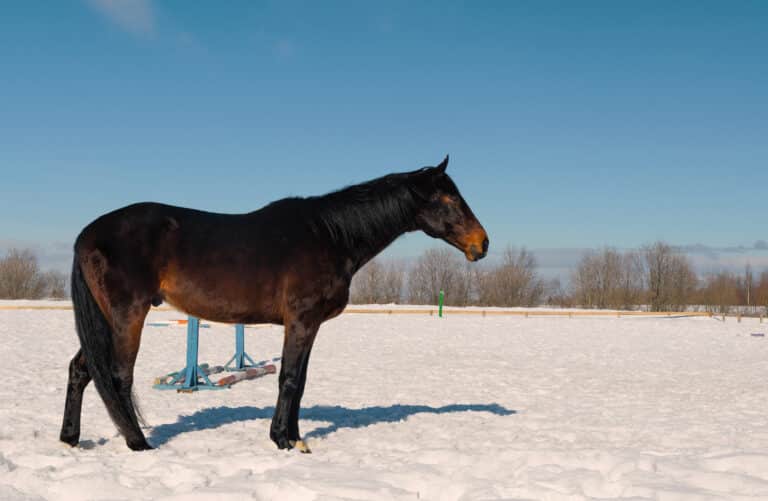
Adjust Your Usage
Consider adjusting your arena’s usage schedule to accommodate changing daylight hours and weather conditions. For example, you may need to shift riding times to take advantage of warmer parts of the day or avoid periods when the footing is most vulnerable to freezing.
You may choose to let your arena rest for the season, or use it as a winter turn out.
By implementing these proactive winter care strategies, you can help ensure that your equestrian arena remains in top condition, providing a safe and enjoyable riding surface for your horses and riders throughout the colder months. With a little extra attention and effort, your arena can weather the winter season with ease.

